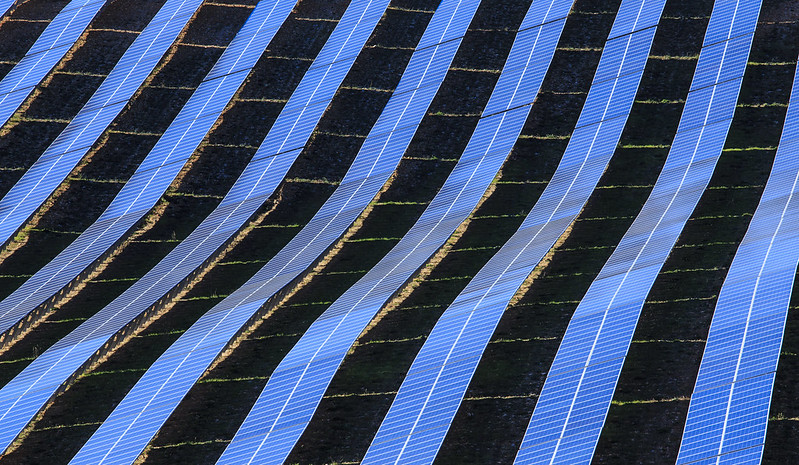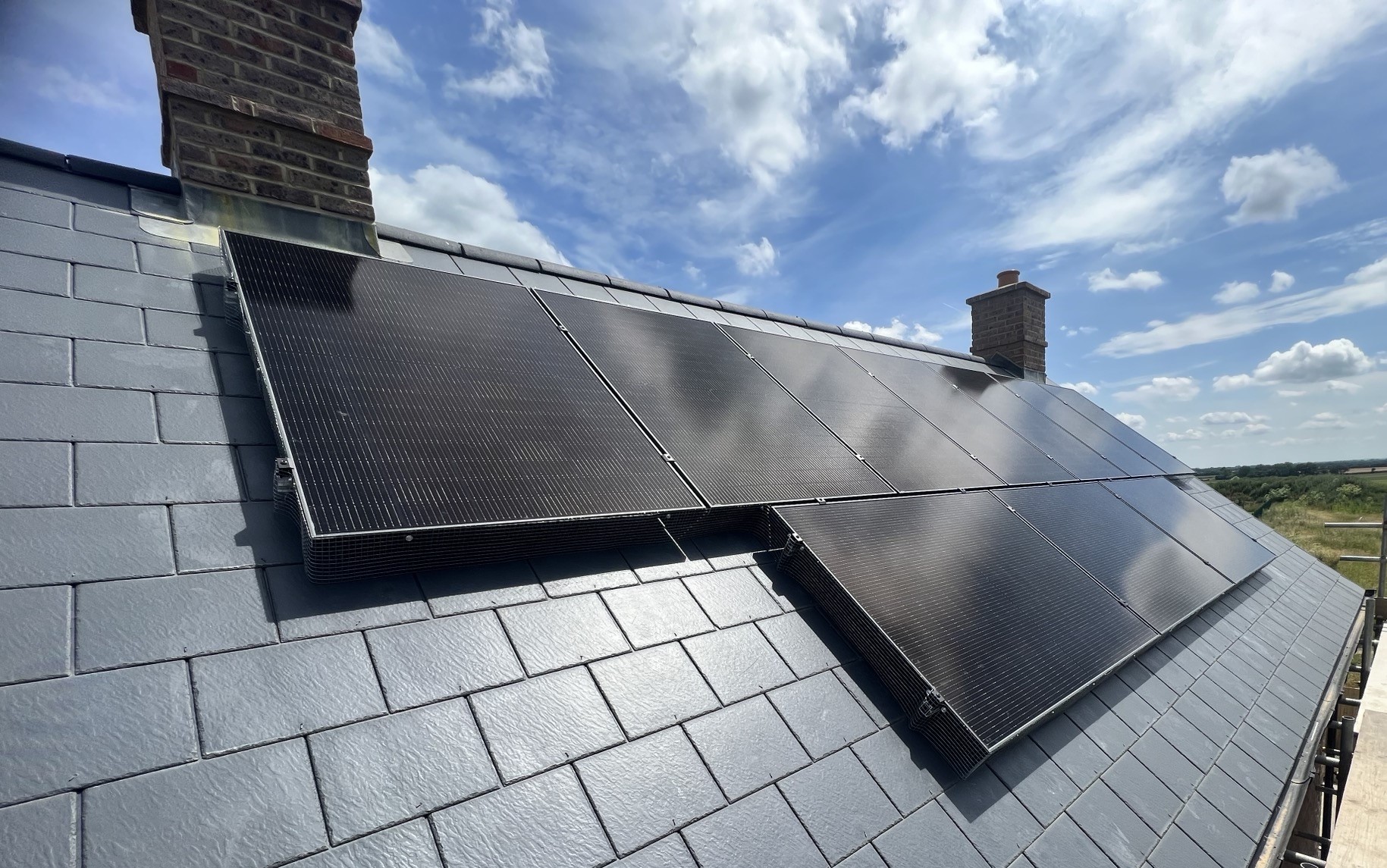There is a lot of investment and backing going into renewable energy in the UK at the moment. Wind farms have dominated the recent renewable energy expansion, but the predictions are that solar farms will see considerable growth in the UK.
Current situation
Solar energy production has been increasing but at a lower rate than wind power. In 2024 solar energy contributed 5% of the energy mix in the UK. In Europe, solar contributed 11% of the power in 2024 and managed to exceed coal energy production for the first time. The proportion of energy from solar is not as high in the UK as in the rest of Europe but aspirations may start to reduce this gap.
The government has pledged to triple the amount of solar power generation in the next five years from 16.6 GW to 45-47GW by 2030, which is what is leading to this prediction of increased solar farms in the UK.
Currently, there are 10 large solar farms at the development plan stage in the UK according to the Planning Inspectorate. These 10 solar farms are planned for the East of England and Northamptonshire and will cover 24,000 acres of land between them.
Solar farms have mixed popularity as people don’t want to lose the beautiful views of the countryside or lose land that could be farmed to provide food. On the opposing side, solar farms can provide an income for struggling farmers beyond what the land could offer them otherwise, and the land is often not prime land but low-quality land. A term has been created called agrivoltaics for land that is cohabited by solar panels and grazing animals such as sheep, as it is possible for smaller animals to graze in the fields and the panels can also offer them protection from the elements. Studies have also shown that solar panels can assist the land in terms of improving soil quality, increasing forage digestibility and reducing flooding.
Under the current plans, the amount of land that would be needed for solar farms would still keep the percentage of agricultural land occupied by solar panels below 1% according to a spokesperson from the Department for Energy Security and Net Zero. They put this into context by comparing it to the amount of land in the UK occupied by golf courses and it is still below that.
Constraints
There are however some constraints on where solar farms can be located, other than planning rules. Consideration needs to be taken about connecting the solar farms to the grid and the impact that it will have. The local electricity infrastructure would need to be examined to check whether there is capacity and if the local substation could handle the extra generation or if another one would be required.
The key to the expansion of both solar and wind energy is increasing grid capacity and flexibility which requires investment into the infrastructure and energy storage facilities. This would assist in managing the inconsistent supply from these technologies due to the weather combined with changing energy demand in the UK based on time of day, climate and unexpected demands. Our blog Time for the UK Grid to Evolve explores this further and looks at what the National Grid and the government are doing to address this.
Domestic solar panels
There have been over 1.6 million solar panel installations in the UK, of which over 650,000 installations were on domestic properties according to the MCS database. There are 29.9 million homes in the UK so this only accounts for just over 2% of homes. So there are plenty of properties left with roofs that are suitable.
If you are one of the homes without solar panels but are considering installing them get in touch with us or use our free calculator to find out how much energy you could save and reduce your bills.





